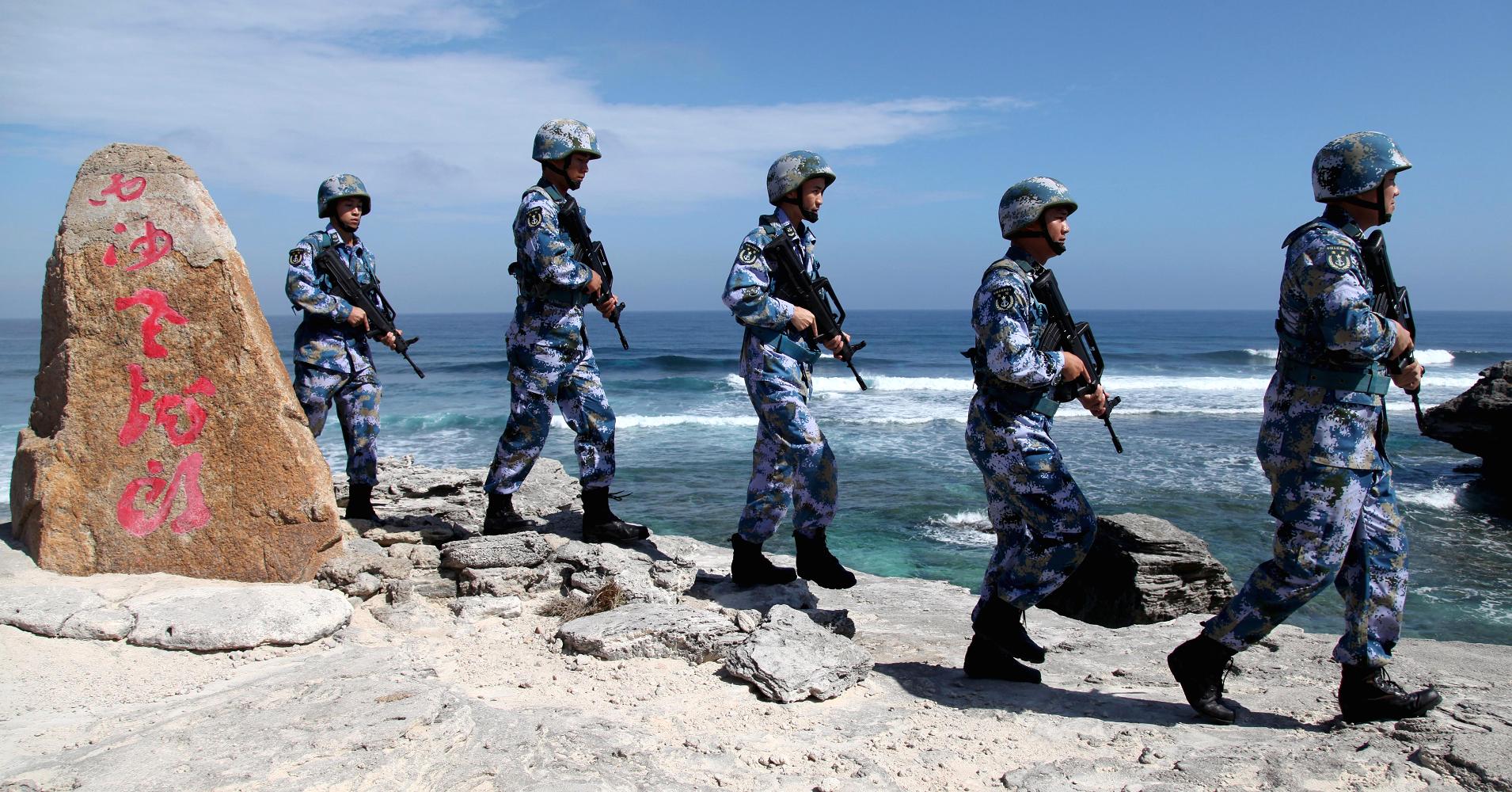
The numerous overlapping sovereign claims on islands, reefs, and rocks — many of which disappear under high tide — have turned the South China Sea into a virtual armed camp. And China has been quietly perfecting one of its key military outposts in the disputed waters.
The South China Sea, which is home to more than 200 specks of land, serves as a gateway to global sea routes through which approximately $3.4 trillion of trade passes annually.
China, the second-largest economy in the world, links its economic security closely to these waterways since more than 64 percent of its maritime trade transited through the region in 2016. The South China Sea is also a vital trade artery for Vietnam, Japan and South Korea.
The Spratly Islands, to which six countries lay claim, receive significantly more attention than other areas in the waters. Since there are more stakeholders involved with them, they are considered to be a more likely flashpoint for potential conflict.
Just north of the Spratly Islands lie the Paracels, where Beijing has quietly been building up a rugged power projection platform. Woody Island, the largest of the Paracels, lies at the center of China’s strategy.
Beijing first took possession of Woody Island in 1955. The satellite photo above shows what the island looked like on Dec. 14, 2012.
“Woody Island serves as the administrative and military center of China’s presence in the South China Sea,” Gregory Poling, Center for Strategic and International Studies fellow and director of the Asia Maritime Transparency Initiative, told CNBC.
Between 2012 and 2016, China significantly upgraded the installation with an airstrip and expanded the island’s infrastructure, as seen below.
Poling noted that since 2013, Beijing has used the outpost as a template for upgrading its bases in the Spratly Islands.
“We assume that anything we see at Woody will eventually find its way farther south to more directly menace China’s neighbors,” he said.
In short, it is reasonable to believe that Beijing will deploy capabilities found on Woody Island throughout the South China Sea.
Less than a year later, the Asia Maritime Transparency Initiative spotted China’s Shenyang J-11 fighter jet on Woody Island. It is unclear whether this is the only aircraft on the island, or if there are more parked inside hangars.
Woody Island is believed to have “the most advanced deployments of military assets in the South China Sea,” according to Poling.
Below is the most recent satellite photo of the island, taken on Jan. 25, 2018.
The resources deployed include a permanent presence of HQ-9 surface-to-air missiles, J-10 and J-11 fighter jets, anti-ship cruise missile platforms, as well as various military transport and patrol aircraft. China’s HQ-9 surface-to-air missile system, dubbed the “Red Banner,” is a long range air defense platform. The interceptors are mounted and launched from a truck and can target aircraft, drones and cruise missiles.
Poling notes that the inclusion of HQ-9 missiles on the island is a defensive measure used to protect aircraft and ships nearby.

